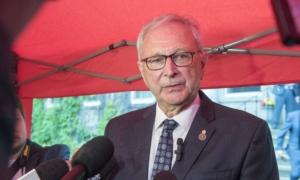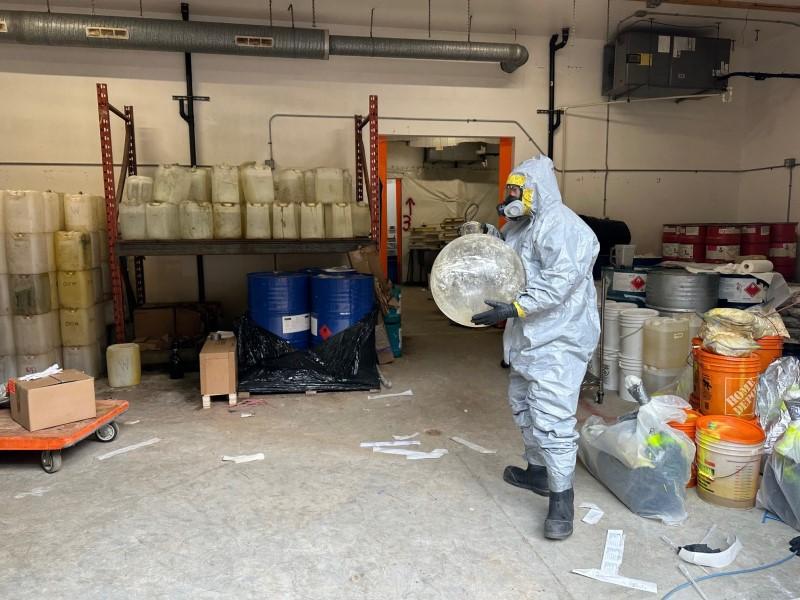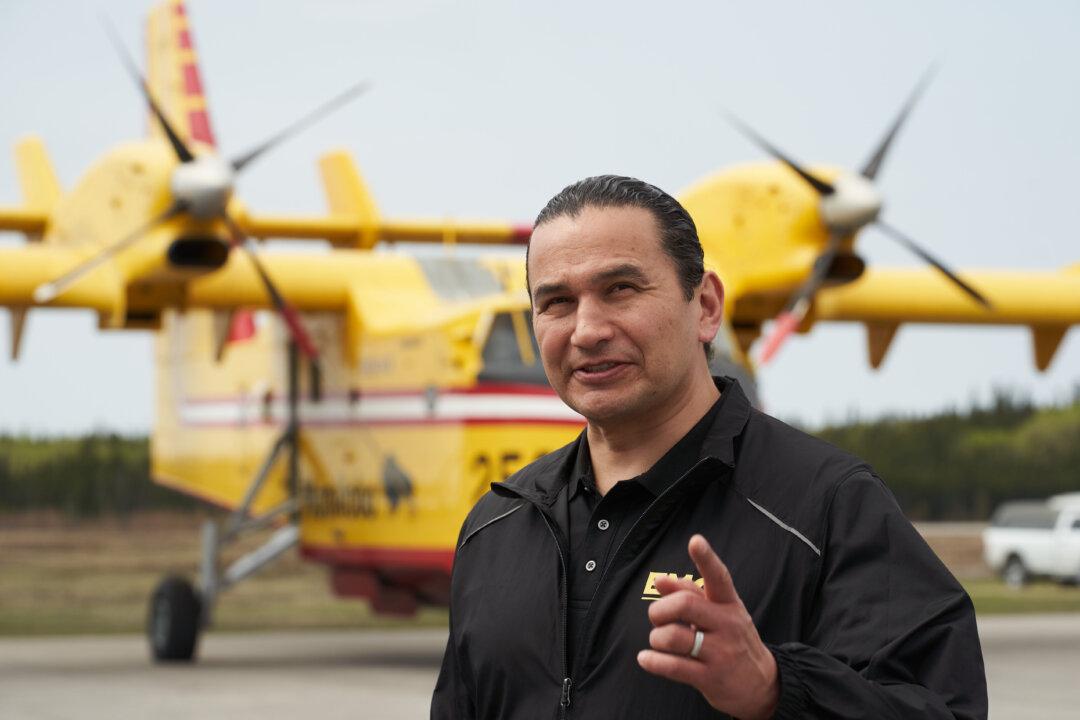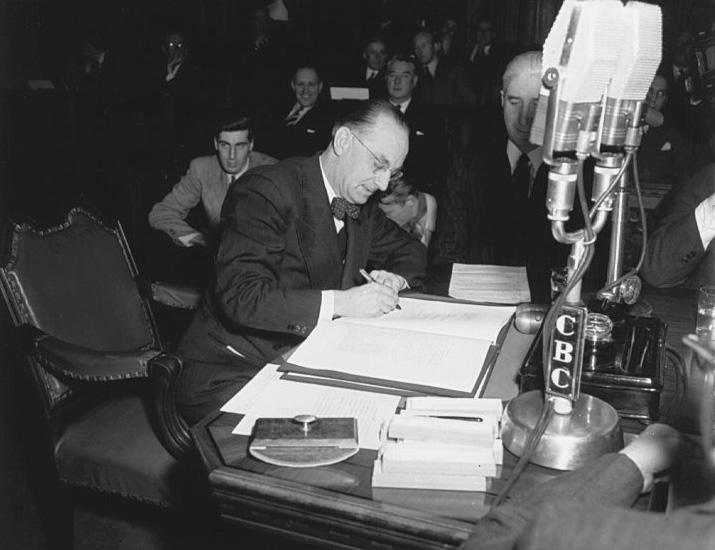Commentary
New Brunswick Premier Blaine Higgs is essentially saying “We don’t trust you” in the motion
he introduced to protect New Brunswick property owners from a massive indigenous land claim.
He is saying it to the indigenous politicians who are bringing the claim, to the Trudeau Liberal government, and to a Supreme Court that has stretched Section 35 and indigenous rights far beyond what our constitution makers intended.
Is he right not to trust them?
He is certainly correct not to trust the indigenous leaders who are claiming more than half the province. Their promise that their claim does not go after small landowners is disingenuous. Their lawsuit alleges that the province had defective title to the land from the beginning—that the Crown originally only acquired a shared ownership of the land, namely the part that did not include the “Aboriginal title.” (This is basically the same claim made in the Ontario Restoule case that is now headed for the Supreme Court, except that the New Brunswick case is based on “Aboriginal title” whereas Restoule is based on treaty rights.)
What is the law? In short, “
root of title” means that anyone acquiring land from the original owner can acquire title only as good as that of the original owner. So, if New Brunswick acquired a defective title from inception, as alleged by the claim, every individual landowner in the province who subsequently bought that land acquires that same defective title.
The chiefs’ promise to leave the landowners alone if their claim is successful, is only good if these particular chiefs remain in power and if they honour their promise. If they change their minds, or if future chiefs don’t honour that promise, the landowners could find themselves facing demands for compensation, or even eviction. Higgs sees what is happening in B.C. where, among other alarming threats to property rights, indigenous leaders claiming Aboriginal title have recently
taken over a provincial park and prevented non-indigenous citizens from entering.
He sees other examples of people being ruined by expensive lawyers armed with their new “consult and accommodate” weapon, such as various aspects of the Restoule case
as described by Ontario lawyer Peter Best.
So Higgs is right not to rely on the chiefs’ assurances that small landowners won’t be affected.
Is Higgs right not to trust the Trudeau Liberals? Yes. Their eagerness to accept the completely unpredictable consequences of UNDRIP (United Nations Declaration on the Rights of Indigenous Peoples), including its de facto veto on resources development, has the premiers worried. At the least, there is a perception that Trudeau is prepared to infringe on provincial jurisdiction to achieve his murky, but ambitious, indigenous agenda.
The most serious question is whether or not Higgs is right that he shouldn’t trust the Supreme Court of Canada to protect the property rights of his constituents. Unfortunately, I think that he is. Since the passage of Section 35 in 1982 the Supreme Court has virtually invented an
entire new body of indigenous property rights that expands those rights at the expense of the 99 percent of Canadians—indigenous and non-indigenous—who do not live on reserves.
This wasn’t supposed to happen. In 1982, when the constitution was being debated, the premiers were originally opposed to including anything in the Constitution about special indigenous rights, because they were so worried that a future Supreme Court would do exactly what it has since done—namely to invent new indigenous group rights. In fact, Premier Lougheed refused to sign on until the word “existing” was included before “rights.” He and the other premiers believed doing that would make it absolutely clear to a future Supreme Court that it must not attempt to create new rights that didn’t exist as of 1982. A future Supreme Court couldn’t possibly ignore the very clear intentions of the Constitution makers, could it?
But that’s exactly what happened. The Supreme Court quickly disregarded those clear words, and went on to create
new indigenous group “rights” based solely on birth. Newly created entitlements, such as “Aboriginal title,” and “consult and accommodate” now impact every Canadian property owner and impede resource development, while doing nothing to solve the many problems of the large indigenous underclass.
By one estimate, there are
45,000 indigenous claims currently outstanding. Many of these claims, including this New Brunswick claim and the Restoule case, will eventually make their way to the Supreme Court. Those judges have the power and authority to decide what kind of country we will leave to our children and grandchildren.
A lawsuit against Canada and Ontario filed by 10 Treaty 9 Nations
seeking $95 billion in compensation is an example of just one of those thousands of claims. If successful, our children and grandchildren will be paying for that claim for the rest of their lives.
So, before we go even further down this road, perhaps we should pause and ask our political and judicial leaders a few questions about what kind of Canada they plan on leaving to the upcoming generations who will have to live with and pay for this new, indigenized Canada:
Will the future Canada be a country that is divided up into hundreds of fiefdoms, where one racial group has different rights than the other? Will some indigenous communities get rich, while others remain mired in poverty? Will the clear meaning of the treaties be disregarded in favour of a “modern” interpretation invented by unelected judges? Will Canadians still be able to “buy” their house and property, or will we only be able to “share”? Will the approximately l percent of the Canadian population who live on reserves or “First Nations” have citizenship rights superior to those of the other 99 percent of indigenous and non-indigenous Canadians, simply by accident of birth?
The Supreme Court has assumed the power to determine the answers to all of these fundamentally important questions. So far, the answers they are providing are less than reassuring.
How the Supreme Court deals with the upcoming Restoule case will tell Canadians more about what our future will look like. Premier Higgs is not the only premier who awaits such decisions with trepidation. They will also be watching how the Supreme Court deals with other potential infringements on their jurisdiction, and threats to their constituents’ property rights.
For example, in March 2021 the
Supreme Court ruled that the federal government had the authority to infringe on what would normally be provincial jurisdiction, on the grounds that “carbon pollution knows no boundaries.” Unless a province has a price on carbon pollution that meets minimum national standards, the federal government can force its way into provincial areas of jurisdiction.
How the Supreme Court deals with federal government claims that threaten areas of provincial jurisdiction will determine the future of this country. If the court bends to the will of the federal government every time it claims climate or virus emergencies, or indigenous separateness claims disguised as “reconciliation,” I expect that Higgs will not be the only premier who steps forward in an attempt to protect their constituents.
And Canada as we know it.
Views expressed in this article are opinions of the author and do not necessarily reflect the views of The Epoch Times.







